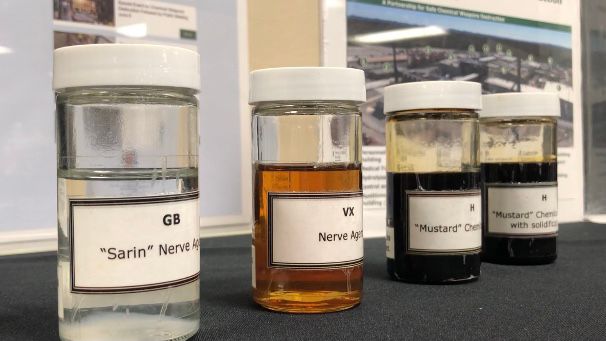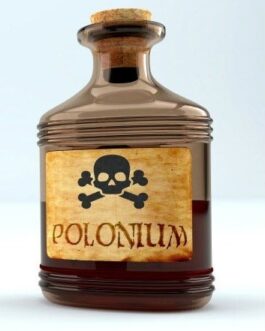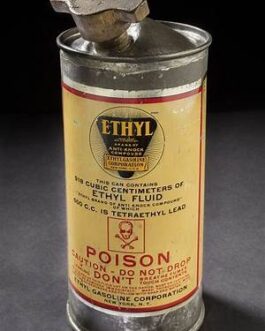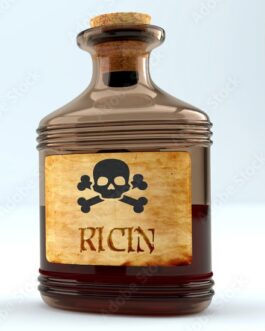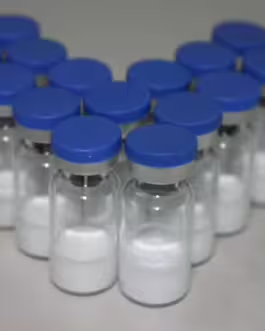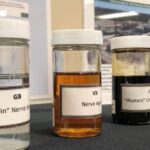VX Poison (VX Nerve Agent)
10,000 € – 1,000,000 €Price range: 10,000 € through 1,000,000 €
Description
VX Nerve Agent
Overview
VX is a highly toxic organophosphate nerve agent developed for chemical warfare. It is considered one of the most lethal chemical agents known, primarily due to its persistent nature and potency.
Mechanism of Action
VX acts similarly to other nerve agents by inhibiting the enzyme acetylcholinesterase, which breaks down the neurotransmitter acetylcholine. This leads to overstimulation of muscles and glands, causing severe symptoms and potentially fatal effects.
How It Kills
Exposure to VX can occur through inhalation, ingestion, or absorption through the skin. Symptoms can manifest rapidly within minutes to hours after exposure and can include constriction of the pupils, excessive salivation, convulsions, paralysis, respiratory failure, and death.
Quantity Needed to Kill
The lethal dose of VX is extremely small, with estimates suggesting that as little as 10 mg of VX absorbed through the skin can be fatal for an adult human.
Signs and Symptoms
Symptoms of VX poisoning include:
- Initial Symptoms: Runny nose, chest tightness, blurred vision, and nausea.
- Progressive Symptoms: Muscle twitching, seizures, loss of consciousness, respiratory distress, and cardiac arrest.
Forms and Sources
VX is synthesized and primarily used as a chemical warfare agent. It exists as a viscous liquid and can also be aerosolized for dispersal.
Detection and Treatment
- Detection: Diagnosis is based on symptoms and confirmed through specialized testing to detect VX or its metabolites in blood or urine.
- Treatment: Immediate administration of antidotes such as atropine and pralidoxime chloride (2-PAM) to counteract VX’s effects. Supportive care includes respiratory support and decontamination of exposed individuals.
Prevention
- Safety Measures: Strict adherence to international treaties and regulations regarding the production, storage, and use of chemical weapons. Preparedness for emergency response to chemical incidents involving nerve agents like VX.
Conclusion
VX nerve agent poses a significant threat due to its extreme toxicity and potential use as a chemical weapon. Understanding its mechanisms of action, symptoms of poisoning, and emergency treatment protocols is crucial for preparedness and response to chemical warfare incidents.
Additional information
| LETHAL DOSE | 100 LETHAL DOSE, 20 LETHAL DOSE, FIVE LETHAL DOSE, ONE LETHAL DOSE, TWO LETHAL DOSE |
|---|
